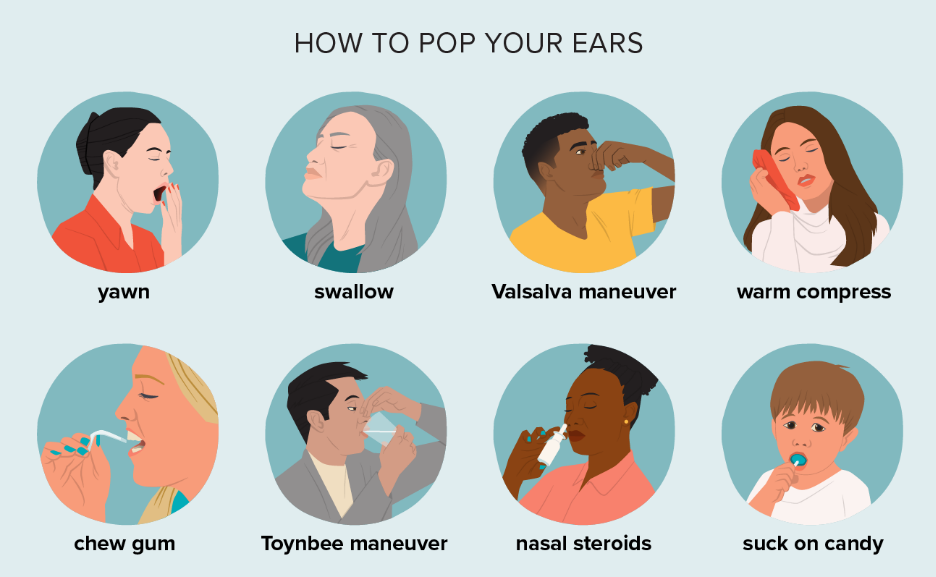Dr. Prashanth R Reddy, ENT, Endoscopic Sinus and Skull Base Surgeon
Many people in India often suffer from chronic headaches, neck, and shoulder pains without knowing that these problems could actually stem from issues in their nasal passages. These discomforts usually happen because important nerves in the nasal area, like the anterior ethmoidal nerve and the sphenopalatine ganglion, get pressed on.
The anterior ethmoidal nerve is crucial because it gives feeling to parts of the nose and the sinus (a hollow space in the bones around the nose). When there are common structural issues like a bent septum, large turbinates (tiny structures within the nose cleanse and moisten the air as it travels through the nostrils into the lungs), or nasal polyps, they can squash this nerve, causing pain that spreads to the head, neck, and shoulders. Figuring out and treating this can be tough.
The sphenopalatine ganglion is another important part near the nose that helps manage different head and facial pains. But if there’s pressure or irritation because of nasal problems, it can cause a lot of ongoing discomfort.
Blocked nasal passages can really mess up the sleep. When one can’t breathe properly, one will get disrupted sleep, making them feel tired during the day and less productive. Constantly blocked noses often lead to snoring and can even cause serious sleep issues like obstructive sleep apnea, which will end up hurting the heart health.
When the nose is blocked, we often end up breathing through the mouth, which is not recommended. This means the body is not getting enough oxygen, and the body might start using up energy differently, leading to muscle cramps and constant pain.
Plus, not breathing correctly can make other health problems worse. Low oxygen levels can disturb your thinking, mood, and overall health, making life harder. The ongoing stress from dealing with constant pain and tiredness also makes a person more likely to get sick, showing how important nasal health is for your overall well-being.
It’s important for people dealing with persistent head, neck, or shoulder pain, as well as ongoing breathing or sleep problems, to get checked out by an ENT specialist. Getting a quick and accurate diagnosis is essential for effectively handling these complex issues and getting back to a better quality of life. They can take a close look to find out exactly what’s causing the symptoms. Once they know, they can come up with a plan to treat the underlying nasal issues and ease the symptoms.
Treatment could mean taking medicine to reduce swelling and clear out your nose, having surgery to fix structural problems, or trying therapies to relieve nerve pressure and make your nose work better. Fixing these issues can make a big difference, leading to better sleep, less pain, and a happier, more active life.




















